#Phyla lanceolata
Text


More from the gravel bars and mudflats, a type of riparian ecosystem of the Little Miami pt 2
Mimulus ringens, previous post had the other common species in this, these pictures show just how much larger the peduncle is comparative.
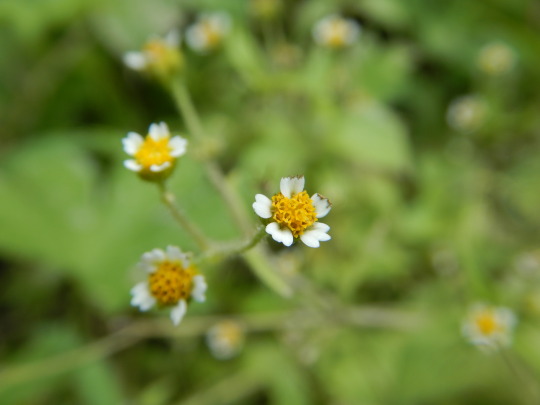

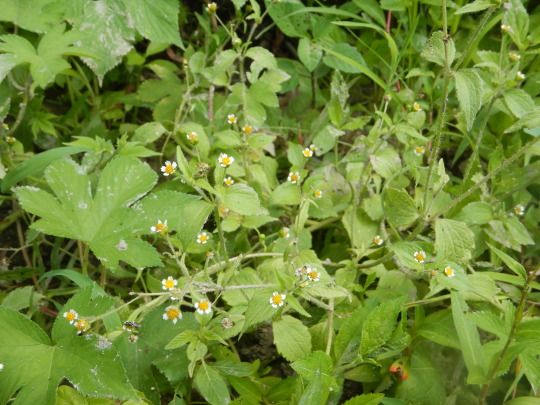
In a patch of Korean hops lies an introduced naturalized species known as Galinsoga quadriradiata or the shaggy soldier. (on broken bar)

Phyla lanceolata, lance leaf fog fruit , If your from Ohio we call it Frog Fruit; a native species perfect for bioswale planting and riparian restoration. Great stabilizer.
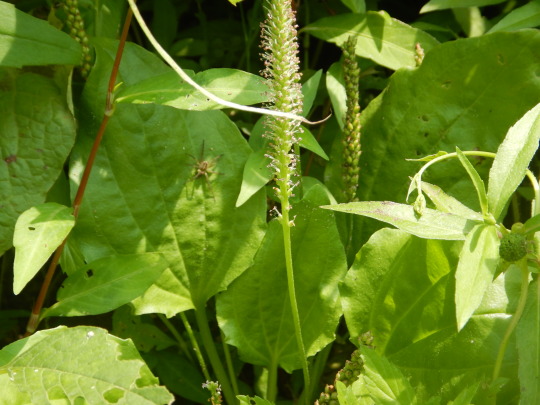

^bottom pic from MN wildflower blog. via Peter M. Dziuk
in the mudflat, Plantago rugelii (fairly sure based off of red base) or the floppy red based broad leaf plantain. If you find a plantain in a mudflat, it usually is stick like or narrow leaved with really unique flower structure that is more bristly looking on average, these tend to be our natives, Heartleaf is more of a gravel scour and flat wet wood species. Much like heart leaf, rugel's also has a broadleaf compared to the rest of the wet loving species. The base of this plant were barely red and the flower morphology was very bristle like is why I think the ID is correct, plus the niche affiliation; with this said, the P. major is also a generalist and can have red when stressed by summer heat on it's petioles so it would of been better to go off of the bulb like base instead of the intuition while kabrewing on the Little Miami. The other way to tell is that the ovules stick more erect.



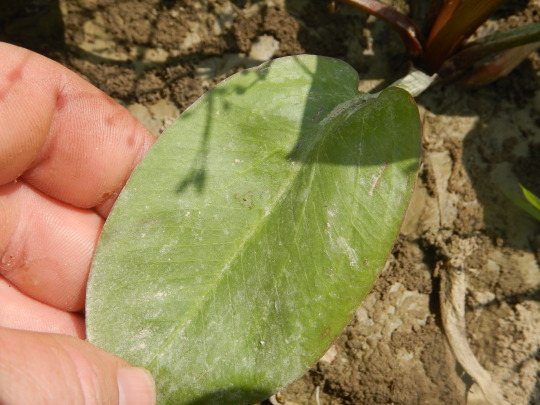


Alisma spp. or rather I think it's A. triviale is a common mudflat species that can take longer partial submersion but doesn't like extended turbulence. Heart leaved small flowered northern water plantain.
#ohio#botany#wildflowers#mimulus ringens#mimulus#galinsoga#galinsoga quadriradiata#phyla lanceolata#phyla#alisma#alisma triviale#plantago rugelii
82 notes
·
View notes
Text
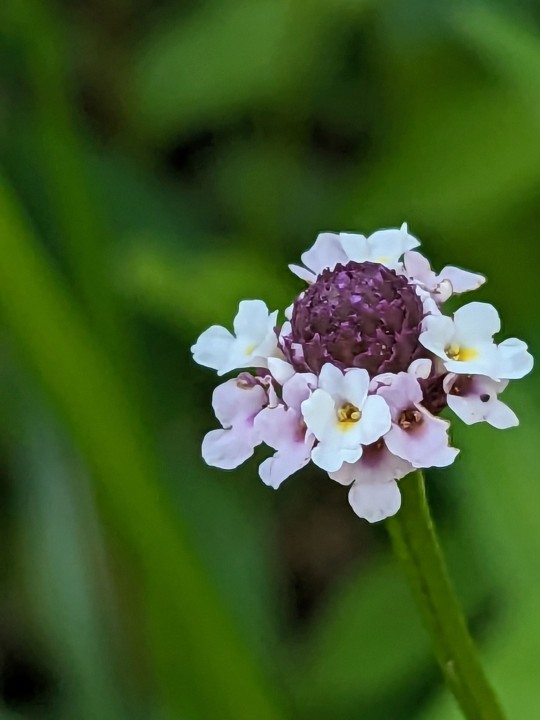
Lanceleaf Frogfruit
Phyla lanceolata

This perennial species in the verbena family is native to much of the United States and Mexico. It's usually found growing in disturbed wetlands, ditches, or yards and provides nectar for many beneficial insects when it blooms during summer.
The plant pictured was in disturbed bottomland woods near Butler Lake and the Meramec River in southern St. Louis County, Missouri, USA
June 20th, 2023
Olivia R. Myers
@oliviarosaline
#botany#Phyla lanceolata#phyla#Frogfruit#lanceleaf frogfruit#verbena#Verbenaceae#vervain#Lantaneae#nature#woods#naturecore#fairycore#the ozarks#ozarks#missouri#plants#flowers#tiny flowers#wetlands#Missouri nature#forest floor#exploring the woods#flower photography#nature photography#plant photography#nature appreciation#ecology#lantana#flowercore
29 notes
·
View notes
Text
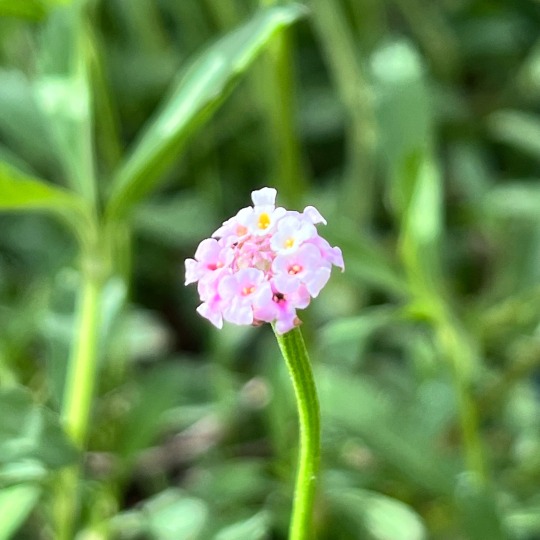

frogfruit and lanceleaf coreopsis 🥰
#frogfruit is on the way to covering the entire bed#and both coreopsis plants became huge without me noticing#only one is flowering tho which is strange since they're right next to each other#my post#native gardening#Phyla nodiflora#Coreopsis lanceolata
1 note
·
View note
Text

The green sweat bee (Agapostemon texanus), found in North America, on a fogfruit (Phyla lanceolata), native to the southern half of North America.
Found by @photographers--world via @welovingcollectortyphoon

fogfruit
#Agapostemon texanus#green sweat bee#bees#bee#insects#animals#Phyla lanceolata#fogfruit#wild plants#botany#entomology
11 notes
·
View notes
Photo


Phyla lanceolata
Lanceleaf frog fruit
9 notes
·
View notes